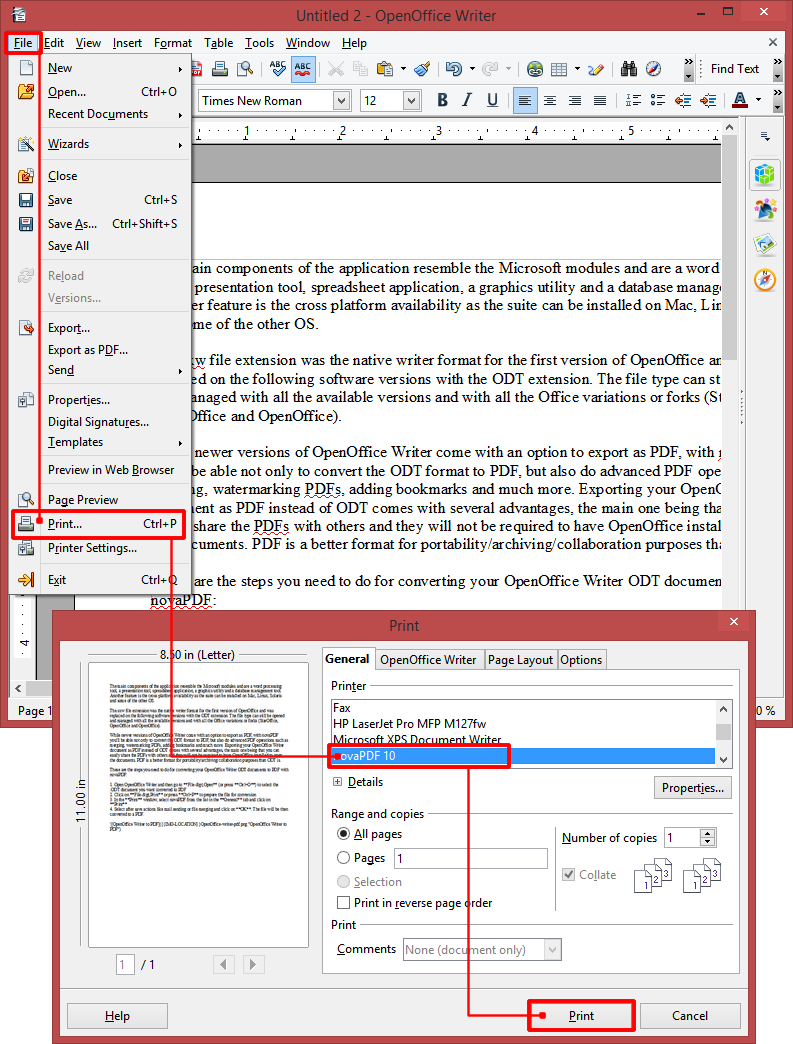
This step and step 10, and step 15, are optional but recommended. Select the type of label you're using, 8160 Inkjet Address is a good one but just use whatever is on the envelope of labels.ĩ. In the Type dropdown list, scroll through the billions of labels. In the Brand dropdown list, select Avery Letter Size if you're not using A4.Ĩ. If you need to change the arrangement later in the created label document, you can.ħ. If you want fields on the second line, click after the last character of the last field you inserted, in the big text box, and just press Enter. Use the Database Field list to insert any other fields you need. Type a space after the field and you can add the next field, such as LastName.Ħ. Click the arrow next to it to insert it in the Label Text field. Select the first field you want to use from the Database Field list.ĥ.

This will be Sheet1 or whatever the sheet name is, if you are using a spreadsheet to hold your data.Ĥ. (Click the picture to see a larger image.)ģ. You're looking for the name of the database you created by choosing File > New > Database, not the spreadheet, addressbook, or text file containing the data. In the Labels tab of the Labels window, select the database you created in the Database dropdown list. (To do Envelopes, open an Writer document, and choose Insert > Envelope.)Ģ.

Then, once you've got the database set up in, you're ready to go.ġ. This post contains instructions in step 2 for spreadsheets or text files. This post contains instructions for spreadsheets. You can do this by choosing File > New > Database. First, get your data in a spreadsheet, text file, address book, and create a database.


 0 kommentar(er)
0 kommentar(er)
